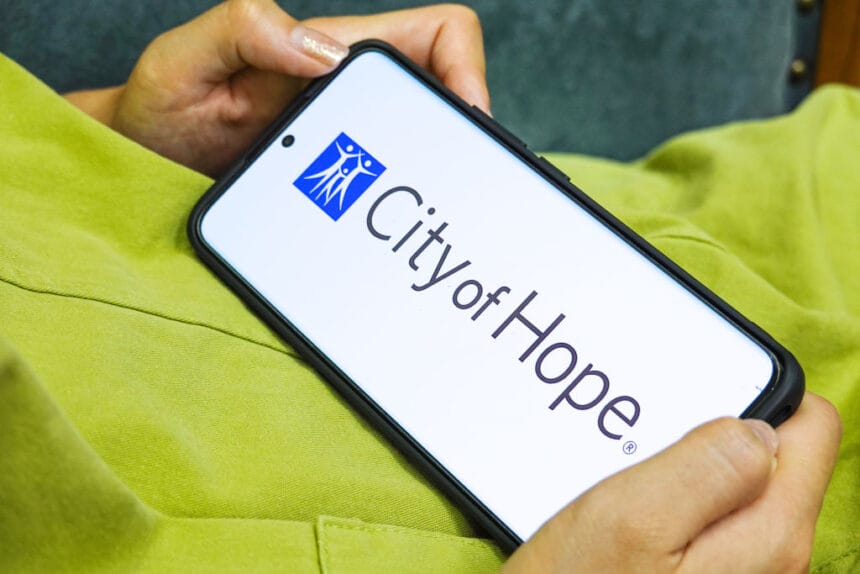For the average person, it can be tough to make time for doctor’s appointments and health screenings. That’s even more so the case if a patient encounters obstacles impeding their access to care.
City of Hope, a Los Angeles-based cancer research and treatment organization, understands this and wants to help.
That’s why the provider is tackling the issue by launching a mobile cancer clinic, which will offer a screening and prevention program to patients in more convenient locations.
The mobile clinic — which can move from place to place — is designed to make cancer screening more easily accessible for a wider array of patients. The unit will bring prevention, education and vaccine services to people wherever they “live, work, worship, shop or hang out,” explained Susan Brown, SVP of patient care services and chief nursing officer at City of Hope.
“The motivation is around health equity and making sure that we can truly do what we say we want to do — which is take services to where people are,” Brown told MM+M.
The program will initially roll out in Southern California — where City of Hope is based — and provide patients with a physical exam room for cancer screening across 15 different types of cancer. It will also offer a mammography unit.
Reaching unscreened patients
Part of the organization’s motivation stemmed from the precipitous drop in health screenings during the COVID-19 pandemic, which unveiled severe disparities in access to care among patients based on their racial, ethnic and socioeconomic backgrounds.
“It’s hard for people to make cancer screening a priority, particularly in underserved populations and certainly in unhoused populations,” Brown noted. “But even for people who work for a living like me, it’s hard to make time to go get my mammogram.”
City of Hope has already struck some partnerships with local churches and employers to park the mobile screening van in those respective neighborhoods and parking lots, aiming to catch churchgoers as they leave mass or employees as they leave work.
The program consists of four main components — a comprehensive cancer risk assessment, a clinical “head-to-toe” cancer screening exam, a mobile mammography and a navigation follow-up.
The goal of the program is to help people catch cancer earlier, but also to assess their risk of developing the disease based on family history and other factors.
City of Hope has developed a risk assessment that examines family history, genetics, environmental exposures, behavioral things that might contribute to cancer risk.
“We use it to make a screening plan,” she added.
Staff involved in the mobile clinic will also help patients navigate next steps based on their risk assessment and screening results.
“If we find something on the skin exam, and we want [the patient] to see a dermatologist, we’re going to help navigate them to a dermatologist who can evaluate it further,” Brown said. “If we find something on their risk assessment, and we’re for instance recommending a tobacco cessation program, we’re going to help navigate them to a tobacco cessation program.”
Building a screening foundation
The plan is for the program to eventually expand to other City of Hope locations across the country. Two years ago, the organization acquired Cancer Treatment Centers of America and rebranded the network as City of Hope, which gives it a nationwide footprint.
As for measuring its impact, Brown noted there are multiple metrics the program will be graded on.
First, City of Hope would like to see an increase in cancer screening numbers, which can be captured in public health assessments. They are also aiming to boost screening rates in underserved populations — and the different diverse groups within those populations.
“We know that Latino people tend to get screened less, and therefore have some cancer diagnoses that are later stage and maybe not as treatable as those in early-stage would be,” Brown explained. “So we’re going to look at screening and detection rates across the board.”
The ultimate goal is to have an impact on mortality rates as a whole, especially for those more marginalized communities.
“We know that Black men have a much higher mortality rate from prostate cancer, because they are not always getting screened as early,” Brown said. “They’re not always following up with treatment afterwards. One of the ways we’re going to reduce deaths from cancer is to do more screening and find it earlier when it does happen.”







